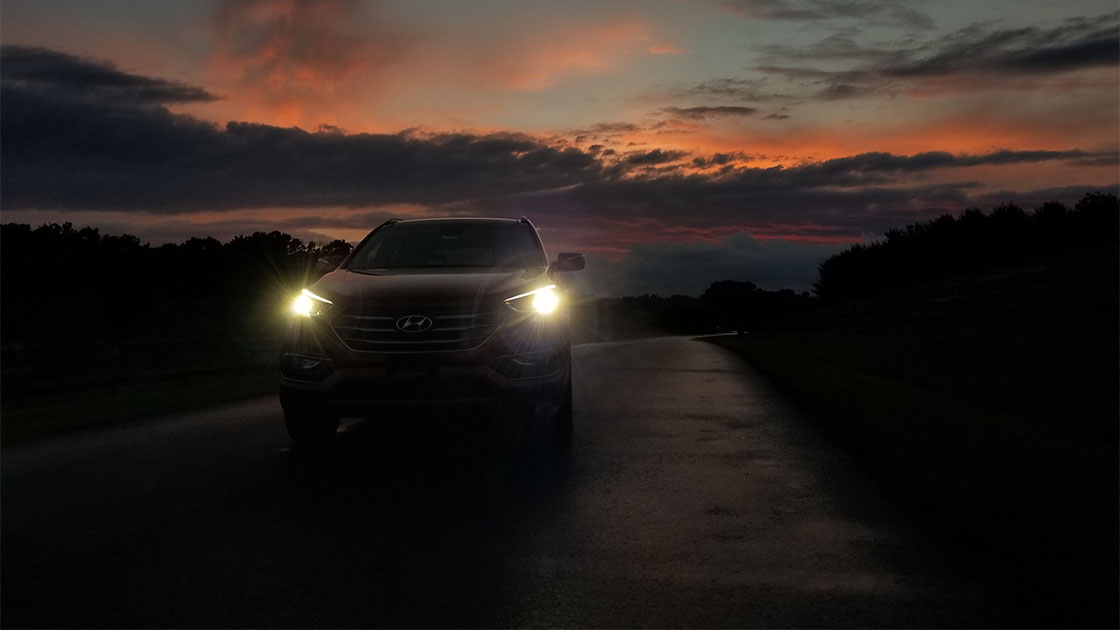https://www.iihs.org/news/detail/iihs-announces-tougher-criteria-for-2020-awards
https://www.autonews.com/regulation...ts-iihs-beefs-criteria-top-safety-awards
Quote
...The Insurance Institute for Highway Safety says that good or acceptable headlights must be standard equipment for vehicles to qualify for its 2020 Top Safety Pick+ award as it toughens criteria for its safety awards next year.
"In the past, a vehicle would get the award because it has the optional, available headlights. But this year, we want to see those headlights as standard equipment," Joe Young, media relations associate at IIHS, told Automotive News. "This is a good way to encourage automakers to stop equipping vehicles with crummy headlights that don't light the road."
"Decent headlights should be a given, and we hope this change to our criteria will push manufacturers to make them standard across their lineups," David Zuby, IIHS chief research officer, said in a statement Wednesday.
The IIHS, based in Arlington, Va., is a nonprofit research organization that analyzes how to make motor vehicles safer.
It is good to see IIHS attempt to get the US auto industry to improve the performance of their headlights across the board. NHTSA does not seem to be interested in having all headlights be good performers. And thus we have the current situation in which a legal OEM headlamp is often a poorly performing headlamp, with excessive glare and/or insufficient illumination at distance. Federal lighting regulations set the bar very low for legal headlamp performance.
https://www.autonews.com/regulation...ts-iihs-beefs-criteria-top-safety-awards
Quote
...The Insurance Institute for Highway Safety says that good or acceptable headlights must be standard equipment for vehicles to qualify for its 2020 Top Safety Pick+ award as it toughens criteria for its safety awards next year.
"In the past, a vehicle would get the award because it has the optional, available headlights. But this year, we want to see those headlights as standard equipment," Joe Young, media relations associate at IIHS, told Automotive News. "This is a good way to encourage automakers to stop equipping vehicles with crummy headlights that don't light the road."
"Decent headlights should be a given, and we hope this change to our criteria will push manufacturers to make them standard across their lineups," David Zuby, IIHS chief research officer, said in a statement Wednesday.
The IIHS, based in Arlington, Va., is a nonprofit research organization that analyzes how to make motor vehicles safer.
It is good to see IIHS attempt to get the US auto industry to improve the performance of their headlights across the board. NHTSA does not seem to be interested in having all headlights be good performers. And thus we have the current situation in which a legal OEM headlamp is often a poorly performing headlamp, with excessive glare and/or insufficient illumination at distance. Federal lighting regulations set the bar very low for legal headlamp performance.


